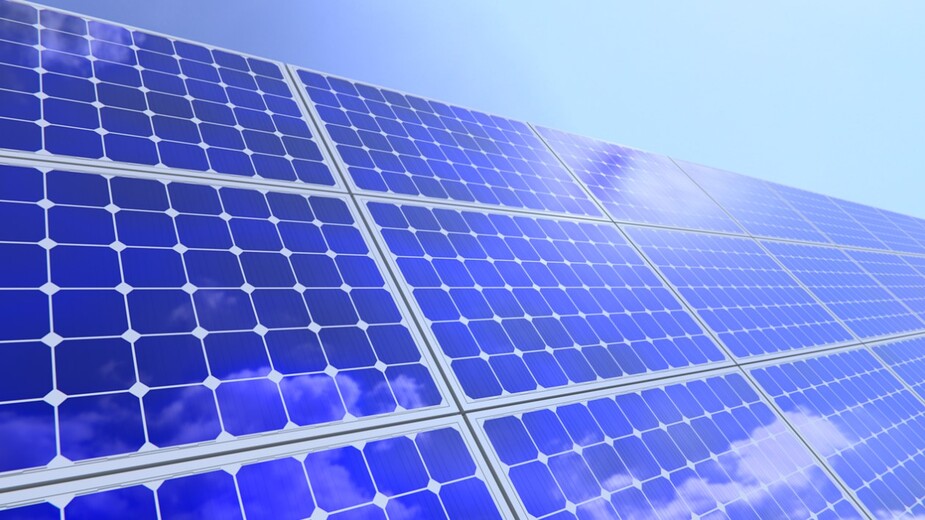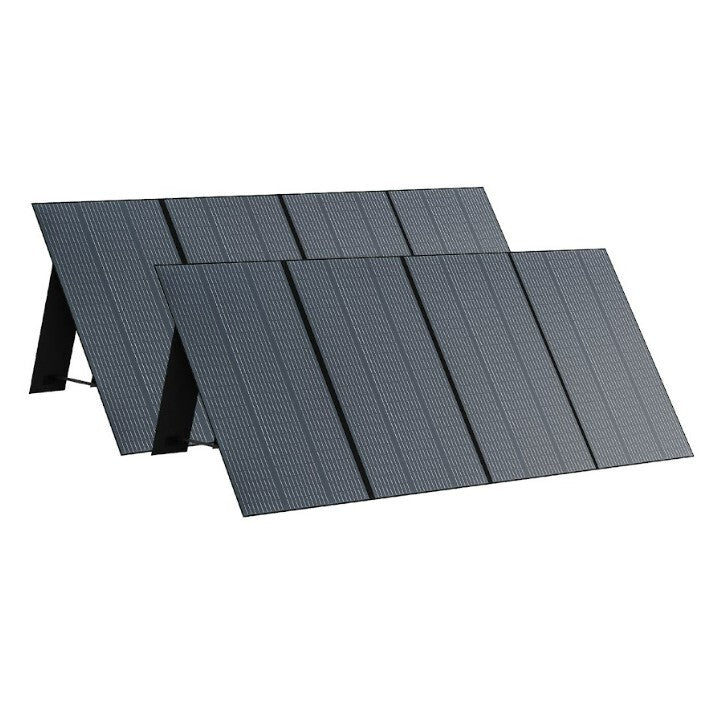Surely on more than one occasion you have heard of the existence of two types of solar panels, those made of monocrystalline silicon and those made of polycrystalline silicon, but do you know How are they really different from each other? Well, don't worry, in today's post we are going to explain why the type of silicon is key in choosing your solar panel, what are the properties and differences between these two types of silicon plates, and of course, which one should you choose? . Very attentive!
Photovoltaic panels are made from silicon, a type of metalloid whose main characteristic is its powerful refractive quality, which is why, in addition to being used in different industries, it is the material used par excellence for the manufacture of cells that make up solar panels or silicon plates.
However, depending on whether it is made of monocrystalline silicon or polycrystalline silicon, a solar panel will have different characteristics and properties. And for this precise reason it is essential that you know their differences in advance, so that you know what type of solar panel or silicon plate you should choose for your photovoltaic installation.
What is monocrystalline silicon?
Monocrystalline silicon is one that is made up of a single crystal. A type of silicon that is very useful in the manufacture of a solar panel due to its ability to transform solar energy into electrical energy with great efficiency.
To obtain monocrystalline silicon, an impurity removal process is carried out, after which thin sheets with rounded contours are obtained.

And what about polycrystalline or multicrystalline silicon?
On the other hand, polycrystalline or multicrystalline silicon is called that type of silicon that is obtained by melting a block of raw silicon without removing impurities. Thus, this block is cut into sheets with straight edges with which the panels or silicon plates are made.
How are monocrystalline and polycrystalline silicon different?
At first glance we can differentiate a solar panel made of monocrystalline silicon from one made of polycrystalline silicon if we look at the shape and color of its cells. In this way, while the monocrystalline ones usually end in a rounded outline and are very dark in color (almost black) due to the concentration of silicon, the polycrystalline ones are generally square and of a more bluish hue (they have a lower concentration of silicon). But this is not the only difference. In fact, the main difference between polycrystalline silicon and monocrystalline silicon lies in the purity of the material itself. And it is that, while during the production of monocrystalline silicon, impurity-free sheets of silicon are obtained, during the production of polycrystalline silicon, the impurities are not eliminated when the raw silicon block is laminated.
In terms of performance, monocrystalline silicon also differs from polycrystalline silicon, so the cells of a monocrystalline solar panel allow for higher energy production compared to those of a solar panel polycrystalline. Thus, the surface to be occupied by solar panels may be less if they are made of monocrystalline silicon than if they were made of polycrystalline silicon. But why this? To the purity of the material that we have just named.

The difference in the purity of the two types of silicon has a decisive influence on its performance. Thus, a monocrystalline panel offers greater performance, being able to more efficiently convert the solar energy it receives into electrical energy.
On the other hand, the cost of a monocrystalline solar panel also changes from that of a polycrystalline solar panel. Since the process of obtaining monocrystalline silicon involves more complexity, panels made with this silicon end up being more expensive than those made with polycrystalline silicon.
Which plates are better polycrystalline or monocrystalline?
If you are about to buy your solar panel, you are most likely wondering if it is better to choose a monocrystalline solar panel or a polycrystalline solar panel, and in this sense, you should know that everything depends on what you need.
Without a doubt, if you are looking for a solar panel with great performance qualities, a monocrystalline solar panel is your solution, since we are dealing with a type of solar panel or silicon plate capable of capturing maximum solar energy available. Even at low temperatures, it works optimally (in this sense, however, in the face of very strong heat waves, its resistance is less than that of a polycrystalline solar panel), and it is an ideal type of panel for high energy demand.
On the other hand, if you are looking for a cheap solar panel, your best option will be to resort to a polycrystalline solar panel. This type of panel is also very advantageous if you want to make a small photovoltaic installation in your home and also have a low energy demand.

How is a solar module made from silicon?
To obtain a solar module from silicon, the material is first obtained from a mine and purified. And then, the ingots are manufactured, which depending on whether they are to obtain monocrystalline or polycrystalline silicon, will be cylindrical or square, respectively.
Later, the material is cut into sheets, with which wafers and wafers are obtained, on which several different chemical processes are carried out until obtaining the solar cells.
And so, finally, the solar cells are assembled with specialized machines and connected to each other, creating a solar module. Isn't that fascinating?
What silicon is a BLUETTI portable solar panel made of?
If you get lost when choosing from the wide variety of solar panels or silicon plates that exist on the market, we already anticipate that the best option is a BLUETTI portable solar panel.
All its different models are made with monocrystalline silicon cells, so you are more than guaranteed a conversion efficiency of up to 23.4%. A real pass!
And now that you know how polycrystalline silicon and monocrystalline silicon differ, and which type suits you, all that remains is for you to choose your own solar panel!


